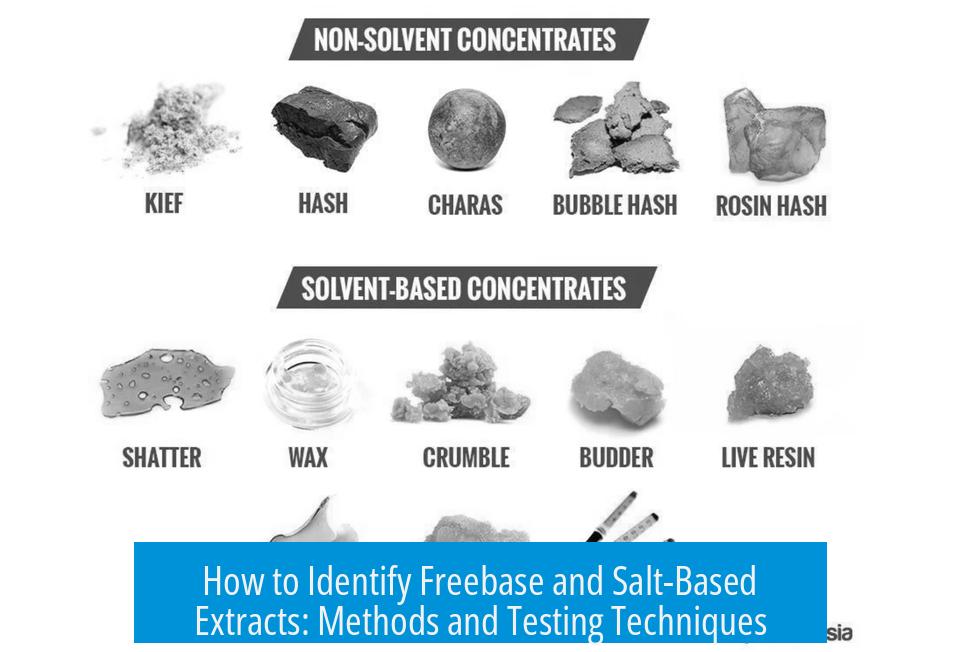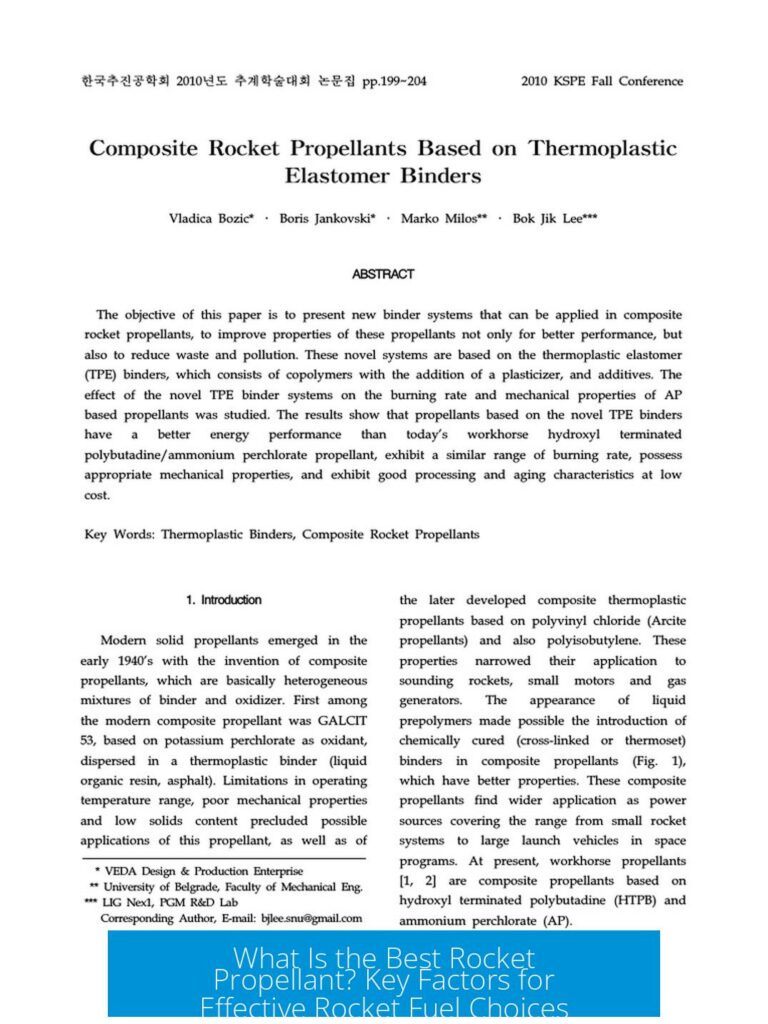How to Know if an Extract is Freebase or Salt-Based
The difference between freebase and salt-based extracts lies mainly in their chemical form, solubility, and physical properties. Identification involves tests such as solubility checks, physical inspection, flame tests, and analysis of purity and extraction methods.
Solubility Testing
Freebase and salt forms differ in solubility. Freebase alkaloids generally dissolve better in organic solvents like ethanol or acetone. Salt-based forms tend to dissolve more readily in water due to ionic bonding.
- Test solubility by mixing a small amount in water, ethanol, and acetone.
- Compare behavior to a known freebase sample.
- Water solubility indicates likely salt form.
Physical Form as an Indicator
Physical appearance offers clues.
- Freebase extracts commonly appear as dry, fine powders.
- Salt forms may be crystalline, granular, or more compact.
- The final powdered form usually results from basification producing freebase.
Flame Test to Detect Salt Ions
Flame tests detect metal cations characteristic of salts.
- Apply a small sample on a wire loop or cotton soaked in solution.
- Expose to a hot flame like a Bunsen burner or butane lighter.
- Observe flame colors: sodium (yellow), potassium (violet), calcium (orange-red), magnesium (no color, but intense heat absorption).
- Presence of these ions supports salt-based extract identification.
Extraction and Basification Process
Understanding extraction offers insight into chemical form.
- Salt-based extracts arise initially during acidic extraction.
- Adjusting pH with a base like NaOH or ammonium hydroxide causes freebase alkaloids to precipitate.
- Drying and powdering follow to yield freebase form.
Purity and Compound Specifics
Purity and rarity provide context.
- Salt forms often have different purity percentages due to added ions.
- Some compounds, such as mitragynine hydrochloride, are rare as salt forms and expensive.
- Freebase forms tend to be more common and less expensive.
Analytical Methods
Advanced techniques confirm chemical status.
- Quantitative Nuclear Magnetic Resonance (NMR) identifies freebase vs salt via molecular environment.
- This method requires laboratory access and expertise.
Summary of Identification Methods
| Method | Indicator | Interpretation |
|---|---|---|
| Solubility | Soluble in water vs organic solvents | Salt-based soluble in water; freebase soluble in ethanol/acetone |
| Physical Form | Powder vs crystalline | Powder often freebase; crystals often salt |
| Flame Test | Flame color from metal ions | Colors indicate presence of salt cations |
| Extraction Process | pH basification step | Freebase obtained after basification and drying |
| Analytical Techniques | NMR spectra | Confirms molecular form accurately |
Key Takeaways
- Solubility differences offer a quick initial test.
- Physical state provides useful clues but is not definitive.
- Flame tests detect salts by their characteristic cations.
- Extraction methods affect the final chemical form.
- Advanced analysis like NMR gives conclusive identification.
How can solubility tests help differentiate freebase from salt-based extracts?
Freebase and salt forms dissolve differently in solvents like water, ethanol, or acetone. Testing solubility against a known freebase sample can give clues. Salts usually dissolve better in water; freebases often dissolve in organic solvents.
Does the physical form of an extract indicate if it is freebase or salt?
Yes. Freebases commonly appear as powders, often fine after drying and milling. Salt forms tend to be crystalline or less powdery. If the extract is a powder, it is likely a freebase form.
What does a flame test reveal about the chemical form of an extract?
A flame test can detect metal cations like sodium or potassium. Salt-based extracts contain these cations and color the flame accordingly. Freebases lack these metals and won’t produce specific flame colors.
Is mitragynine hydrochloride usually freebase or salt-based?
Mitragynine hydrochloride (Mit HCL) is a salt and is rare and expensive. Freebase mitragynine is more common and less costly. Large quantities of Mit HCL indicate a salt form but are typically hard to find.
How does the extraction process indicate if an extract is freebase?
During extraction, adding a base shifts the pH and precipitates freebase alkaloids. The final freebase product is dried and powdered. This process highlights that freebases are usually isolated by basification and drying steps.





Leave a Comment